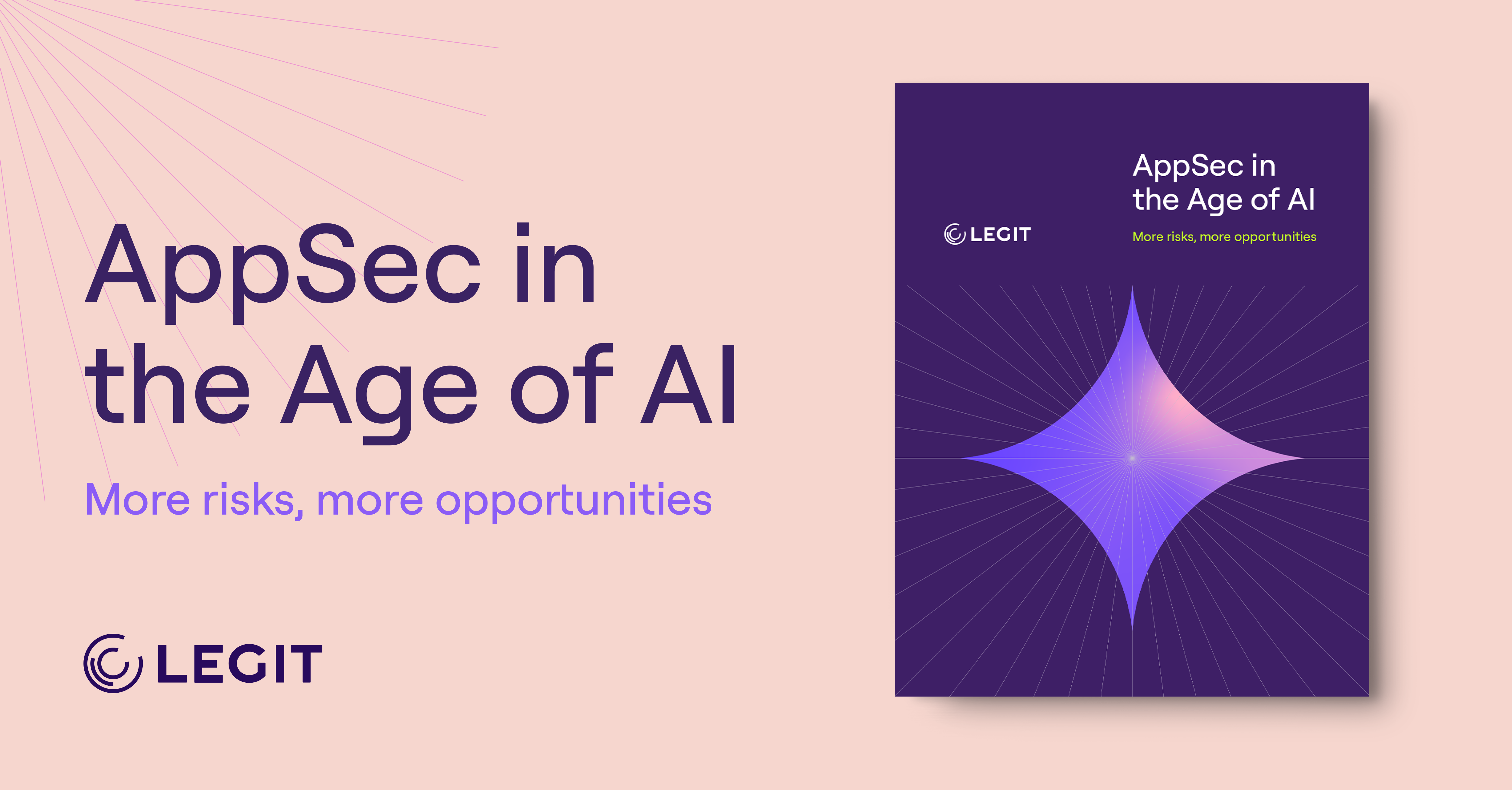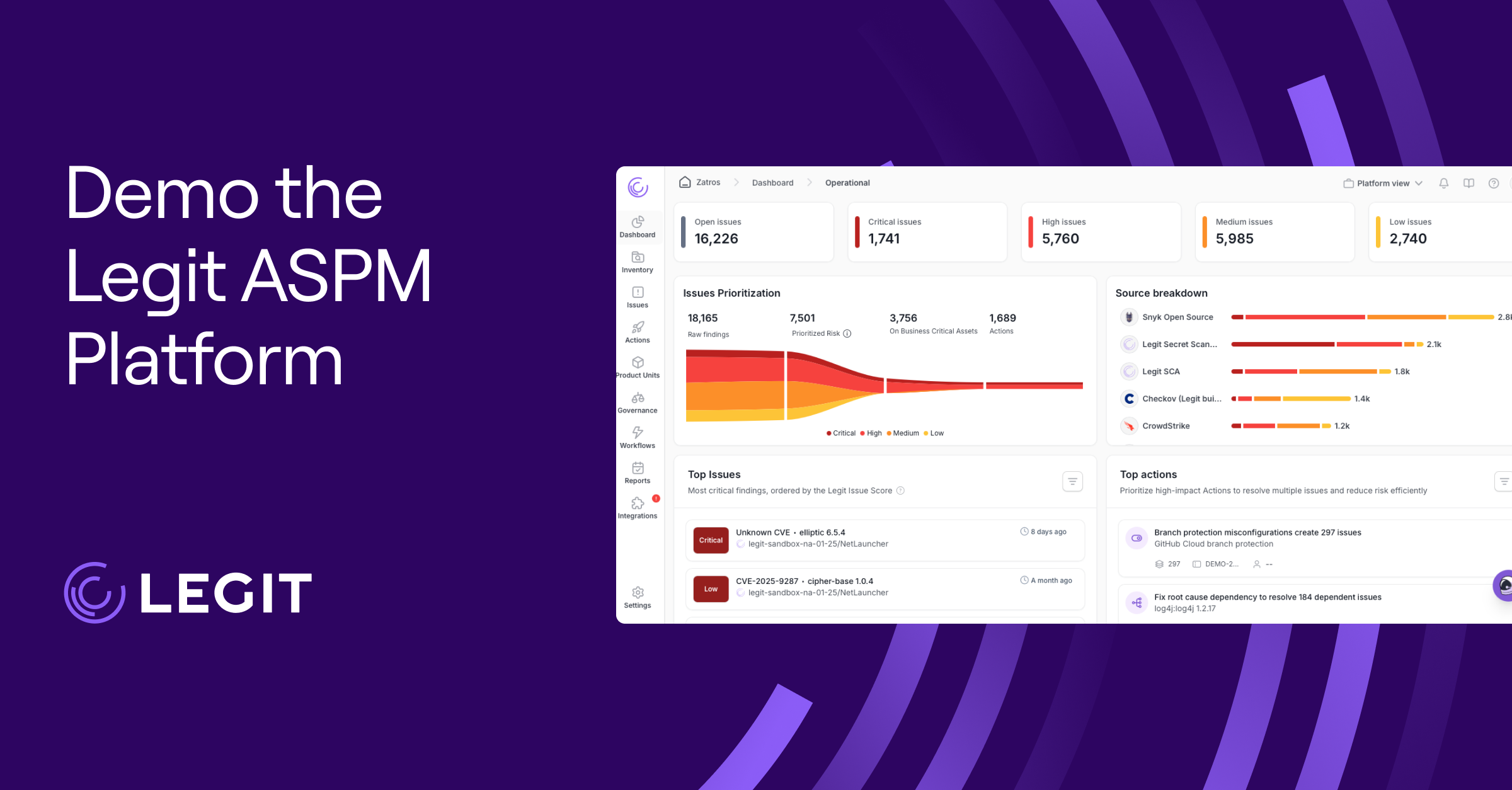The volume and sophistication of cyberthreats are growing fast. Attackers automate. They swarm. They adapt. And with limited time and personnel, relying solely on human-driven defenses just doesn’t cut it anymore.
That’s where AI comes in. AI tools and systems can automate different tasks and give developers and analysts a leg up in strengthening their defenses.
Here’s a guide to real-world AI use cases in cybersecurity. Let’s break down how it’s helping organizations spot threats faster and tighten security—a shift that’s already reshaping roles for 35% of cybersecurity professionals.
How Can AI Be Used in Cybersecurity?
AI in cybersecurity is changing how defenders and decision-makers respond to threats. Instead of relying solely on signature-based detection or manual analysis, AI tools can process massive volumes of data in real-time and flag risks before human teams have time to react. The use of AI in cybersecurity makes it possible to prioritize alerts, uncover hidden vulnerabilities, and automate repetitive tasks—all without overtaxing your team.
AI’s impact goes beyond detection and incident response. It also supports areas like penetration testing and governance, risk, and compliance (GRC). It can automate compliance evidence gathering, speed up recon during offensive engagements, and even identify gaps in your policies or software development lifecycle (SDLC). Whether you’re hardening defenses or making faster, smarter security decisions, AI is quickly becoming a force multiplier in every area of cybersecurity.
6 AI Use Cases in Cybersecurity
There’s no shortage of practical uses for AI in cybersecurity when it comes to speed, scale, and automation. From threat detection to streamlining audits, AI is quickly becoming a core part of any security strategy.
Here are six real-world cases where it’s already making a measurable impact:
1. Malware and Threat Detection
AI uses machine learning to recognize patterns in large data streams, which makes it highly effective for spotting threats that traditional tools might miss. By analyzing file behavior and network activity, AI can detect novel malware strains and zero-day exploits before they cause damage. It also reduces alert fatigue by filtering out false positives and showing you the potential issues that matter most.
2. Code Scanning
Static Application Security Testing (SAST) analyzes source code for vulnerabilities. But AI tools take it further by understanding code context more effectively.
Modern AI code scanning tools help developers catch vulnerabilities before they’re ever merged or deployed. These AI tools are often embedded into code editors and CI/CD workflows, giving developers instant feedback on risky code paths.
3. Endpoint Security
AI network security tools strengthen both endpoint protection and traffic monitoring by learning what “normal” looks like. When user behavior or traffic deviates from this baseline—such as abnormal login attempts or unusual traffic patterns—AI flags the anomaly. That triggers automated containment actions like blocking traffic, isolating a device, or escalating an alert.
4. GRC and Compliance Monitoring
In GRC, AI automates tedious and repetitive tasks like log reviews and audit preparation. It can find misconfigurations, track access violations, and identify risky trends in cloud and infrastructure environments. The result is more accurate reporting and fewer surprises during audits.
5. Threat Intelligence
Instead of manually scrolling through threat intelligence feeds, AI can analyze and correlate indicators of compromise (IOCs) across logs, telemetry, and open source data. This helps researchers and security teams connect the dots between campaigns and understand the “why” behind an attack.
6. Recon and Pentesting
AI isn’t just for defense. Penetration testers can use it to streamline their recon, fingerprint networks, and even generate payload content at scale. Some Dynamic Application Security Testing (DAST) tools now include AI-assisted fuzzing and exploit discovery features, reducing the effort needed to test an app’s security posture.
What AI Tools Are Available for Cybersecurity?
AI is no longer a nice-to-have in security stacks. It’s built into many of the tools you’re probably already using. From firewalls to cloud monitoring platforms, AI improves accuracy and helps your team move faster.
Here are some of the most widely used categories of AI-powered cybersecurity tools:
1. AI-Powered NGFW Tools
Next-generation firewalls (NGFWs) that integrate AI can identify suspicious behavior on the fly. By analyzing application behavior, user identity, and network activity, AI-enhanced NGFWs deliver deeper visibility and more proactive protection than traditional firewalls. They can also automatically apply policies to prevent cyberattacks before they spread.
2. AI-Enabled SIEM Platforms
Security Information and Event Management (SIEM) tools flood security teams with logs and alerts, often burying the signals that matter. When paired with AI, those tools become smarter. They can detect patterns and even kick off response plans automatically—all faster than human analysts alone.
3. AI Cloud Security Solution Tools
Cloud environments are dynamic by nature. Workloads shift, permissions change, and configurations evolve constantly. AI-powered cloud security solutions monitor these environments for misconfigurations and spot any abnormal behavior. They also help maintain compliance by automating evidence collection so security teams aren’t blindly chasing cloud sprawl.
4. AI-Powered NDR Tools
AI-driven network detection and response (NDR) tools analyze traffic at scale to catch stealthy threats that bypass traditional controls. By learning what normal traffic looks like, these tools can flag subtle anomalies such as lateral movement, beaconing, or data exfiltration, making them useful in zero-trust environments—where context matters just as much as content.
Challenges of Implementing AI in Cybersecurity
AI is powerful, but putting it into practice comes with some tradeoffs. These are some of the biggest challenges organizations face when adopting AI for cybersecurity:
Bias in training data leads to flawed decisions: AI is only as good as the data it’s trained on. Outdated or incomplete data can cause the model to misclassify threats or make unpredictable decisions.
AI misinterpretations can trigger false alerts: Even the best models can hallucinate or make decisions based on misleading signals. That can lead to unnecessary alerts, blocked users, or even missed threats that fly under the radar, creating potential gaps that could lead to data breaches.
Overreliance increases risk exposure: The more you and your team trust AI to handle critical functions, the more dangerous it becomes if that system fails or is exploited. Human oversight is still important using AI to block or approve access.
The skills gap makes implementation harder: Many teams don’t have the in-house expertise to configure, fine-tune, or monitor AI-driven systems. Without experienced hands at the wheel, you risk exposure to avoidable vulnerabilities.
Privacy and compliance can cause concerns: AI tools often process large volumes of sensitive data. Depending on where and how you handle the data, you may run into issues with local regulations or create new attack surfaces. Manage privacy tightly.
Lack of AI governance adds risk and confusion: Many organizations still don’t have formal policies for using, monitoring, and adapting AI. Without clear internal rules, teams may adopt AI tools without proper oversight.
AI Use Cases for Cybersecurity FAQs
What Is the Role of Artificial Intelligence in Cybersecurity?
AI plays a dual role in cybersecurity. First, it supports defenders by detecting threats faster and analyzing patterns humans might miss. Second, it helps manage risk proactively by scanning for vulnerabilities, monitoring user behavior, and adapting to new attack techniques on the fly.
Can AI-Powered Cybersecurity Solutions Adapt to Evolving Threats?
Yes, and that’s one of their biggest strengths. Unlike traditional rules-based tools, AI systems learn from new data and update their detection models continuously. This allows them to spot previously unseen malware or phishing campaigns. Some solutions even use generative AI to simulate new attack types, helping teams stress-test defenses before real threats hit.
Use Generative AI in Your Favor With Legit Security
Legit Security brings these AI use cases to life through its AI-powered application security posture management (ASPM) platform. From detecting suspicious changes in code to automating compliance evidence collection, Legit leverages AI and real-time analysis to give your team visibility across your entire software delivery pipeline.
By embedding AI directly into DevOps workflows, Legit enables context-aware remediation and smarter prioritization—all while keeping pace with engineering velocity. These are practical examples of the impact of AI in DevOps that security teams are starting to rely on.
Request a demo today to learn more.
Download our new whitepaper.


